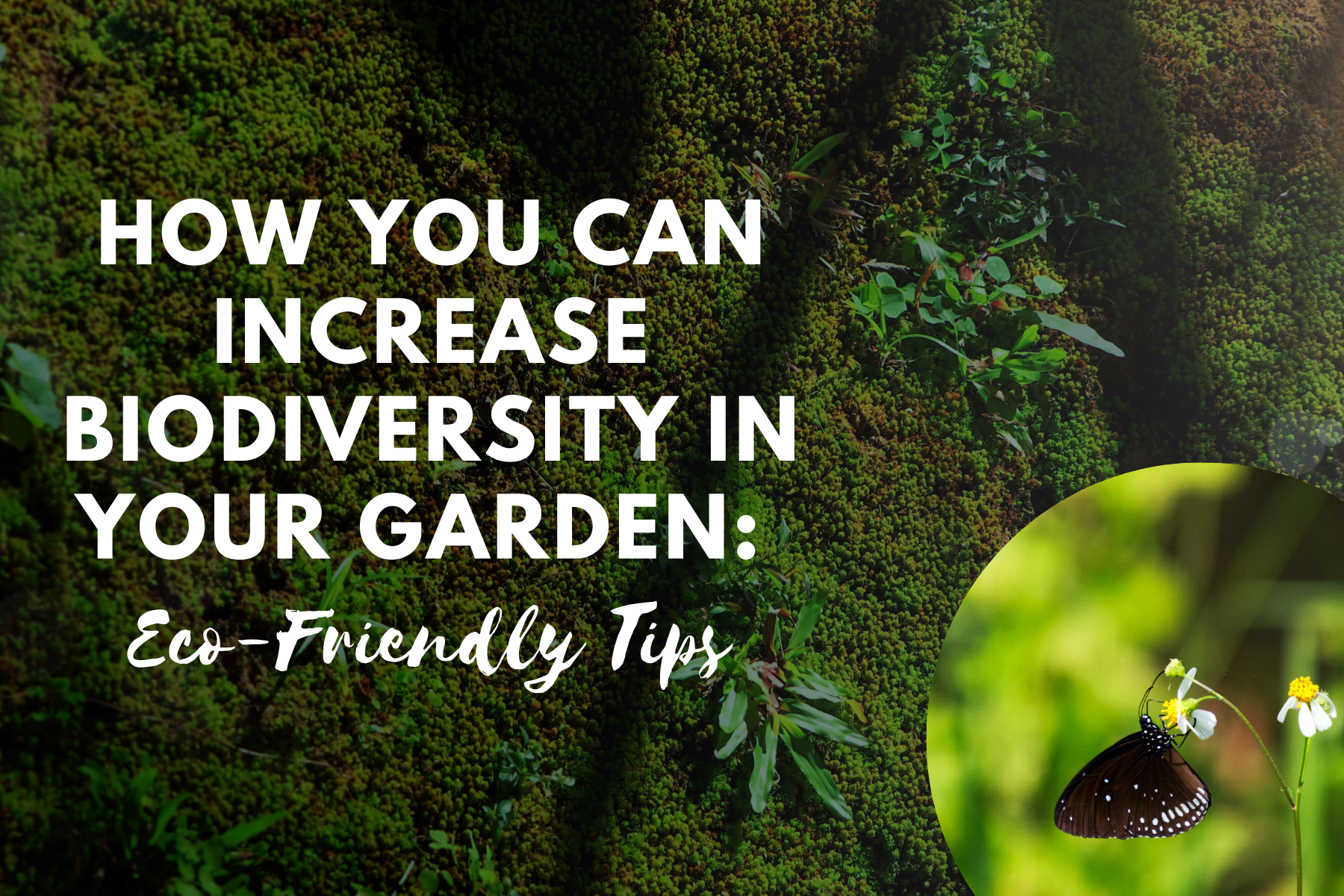Last Updated on April 12, 2024 by Real Men Sow
Biodiversity plays an essential role in maintaining the health and resilience of our planet, but many human activities have resulted in a noticeable decline. However, there are steps we can take to help reverse this trend. One simple and effective way to increase biodiversity on an individual level is by making your garden more wildlife friendly.
Here are some ways you can play your part by including eco-friendly features in your garden which can attract local wildlife and help it to thrive as we head into springtime.
Recycle
You don’t have to fork out expensive planters and plant pots as using natural materials like wood and moss is much more authentic and more attractive to wildlife too. Create some little sheltered spots and hidey-hole for insects, newts, toads and many more, and consider using old ice cream tubs and other containers rather than throwing them away.
Plant Native Species
Native plants are those that naturally occur in your area. They have adapted to local conditions and provide habitat and food for a wide range of native wildlife, including birds, insects, and mammals. By planting native species in your garden, you can help support local biodiversity and create a thriving ecosystem. You can find native plants at local nurseries or through online retailers that specialise in native plants.
Create Diverse Habitats
Different wildlife species have different habitat requirements, so it’s essential to provide a range of habitats in your garden. For example, you can create a pond or a water feature to attract frogs, toads, and dragonflies. Planting shrubs and trees can provide nesting sites for birds while leaving some areas of the garden alone can create habitats for ground-dwelling animals like insects and small mammals. You can also create a compost pile to provide food and shelter for decomposers like earthworms and fungi.
Avoid Chemical Pesticides and Fertilisers
Chemical pesticides and fertilisers can harm beneficial insects, birds, and other wildlife, and they can also contaminate the soil and water in your garden. Instead, try using natural pest control methods, like companion planting, which involves planting certain species together to deter pests. You can also use organic fertilisers like compost or manure to enrich the soil.
Provide Food for Wildlife
In addition to planting native species, you can also provide food for wildlife by setting up bird feeders, hanging baskets of flowers that produce nectar for pollinators, and leaving fallen leaves and branches in a corner of the garden for insects and other animals to eat. You can also consider planting fruit trees or berry bushes that produce food for both humans and wildlife.
Embrace Imperfection
A perfect lawn with no weeds or bare spots may look nice, but it doesn’t provide much habitat for wildlife and can look a little generic and clinical. Instead, embrace imperfection in your garden by leaving some areas of the lawn unmowed or allowing some weeds to grow. You can also leave dead branches and other plant debris in place, as they provide shelter for insects and small animals.


